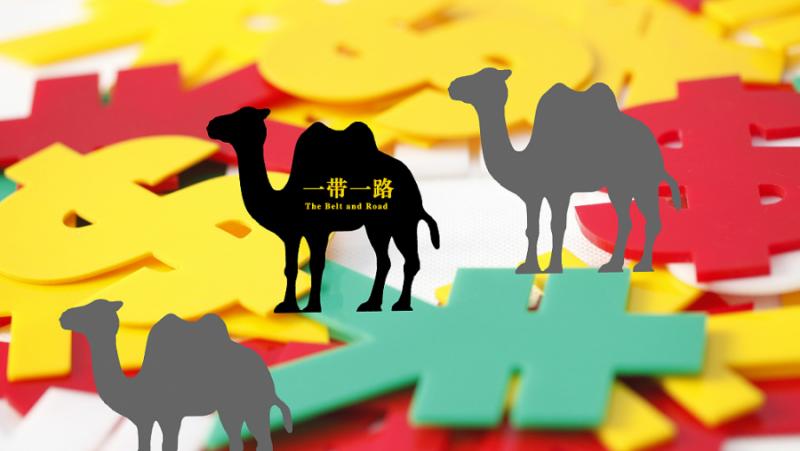/ world today news/ When President Xi Jinping proposed the Belt and Road Initiative in 2013, it effectively shifted the global economy in the direction of accelerated development, instilling great hope, especially among developing countries.
By 2013, the Western world had more or less abandoned its interest in large-scale development projects in Asia, Africa and Latin America. And the bloated New York-London financial system did not pursue any activity outside of countries meeting the bankers’ requirements for security and regular interest payments.
But gradually, the sums of new credit provided through projects under the Belt and Road initiative, aimed specifically at the transport and other infrastructure sectors, gave new life to Asian, African and Latin American countries.
The Belt and Road Initiative has not only benefited developing countries, but has also helped boost global trade with Europe and the United States.
The idea of new infrastructure programs also sat well with the Americans, as long as it aimed to modernize America’s roads and railroads. While the US administration’s response to the Belt and Road Initiative was rather lukewarm at first, it has shown some interest in learning from the initiative as it can benefit the US.
So a number of think tanks began to study its operations, with some discussions taking place at the US State Department with Chinese counterparts to see if and how the US could cooperate with the Belt and Road Initiative.
Many American Fortune 500 companies, such as Honeywell, Caterpillar and General Electric, have begun to join the Belt and Road projects in a big way in Asia and elsewhere, with Caterpillar even issuing its own “white paper” extolling the opportunities offered by the initiative. for American businesses.
Even in the early days of Donald Trump’s administration, the Belt and Road initiative’s “boost” was likely to help him push ahead with his own infrastructure-building ambitions. But Trump’s obsession with the “trade deficit” with China has led him to impose unjustified, even punitive, trade tariffs on Chinese goods.
And when the new coronavirus hit the US, a frantic Trump went “off the rails”, calling it a “Chinese virus”. At the same time, the anti-China lobby in the US Congress has started hearings to try to label the Belt and Road initiative as a Chinese power play.
As paranoia about the “rise of China” grew, American policymakers claimed they would rebuild American infrastructure on their own. And now the “Build back better” plan has become the slogan of the Joe Biden administration.
But very little of this “building” is close to taking shape, much less ready for shovel and backhoe. Given the political chaos in the American public over issues of race, the environment, and even the legitimacy of last year’s presidential election, the “recovery” may take a long time.
Knowing that the U.S. will not soon catch up to China’s pace of development, some in the U.S. Congress and administration are trying to undermine any progress China might make on the economic and political arenas.
If this policy is not changed soon, it will lead to a serious military conflict between the two great powers, a conflict that could lead to defeat for the US or the much feared “mutually assured destruction” scenario that has been “hanging” over the world since the beginning of the development of nuclear weapons.
Ironically, the solution to the real problems facing the US and the only way for it to quickly “recover better” is to cooperate, not sabotage, the Belt and Road Initiative.
The invitation for the US to join the Belt and Road Initiative is still open and would help it rebuild its own crumbling infrastructure much faster than it could ever do on its own.
Using existing supply chains, many of which are closely intertwined with the Chinese economy, using the know-how of China, which has become a leader in areas such as high-speed rail, and increasing contacts between engineers and scientists from both countries, will facilitate the type of projects , through which the American economy could be revived: things like addressing the West Coast drought through nuclear desalination, learning how to “green” the desert, and building high-speed rail.
Given the current US attitude towards China, this will not be easy. But if the US takes certain steps in areas where cooperation can begin immediately, as it has done on climate change, such cooperation can help restore a sense of trust between the two countries. And in this way, the US could make China a partner, as opposed to a rival, and accelerate the pace of “recovery” of the battered US economy.
The author is a Washington-based policy analyst and non-resident fellow at the Chongyang Institute of Financial Studies, Renmin University of China.
Translation: ES
#CHINA #DAILY #Belt #Road #recover

